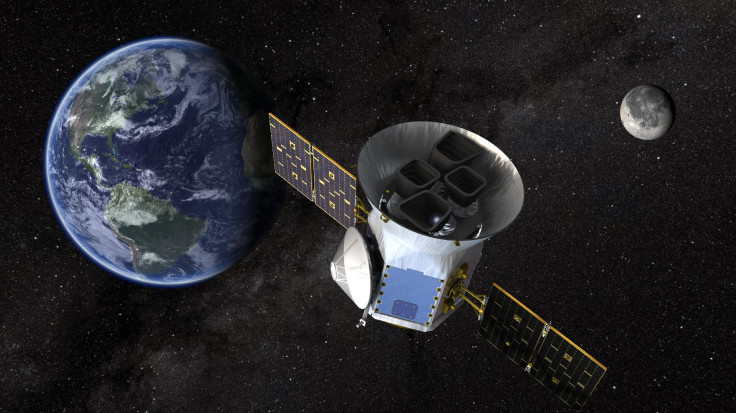TESS Space Telescope Finds Rocky Exoplanet With Three Suns

Scientists have discovered a new planet outside the Solar System and this alien world has three glowing suns.
The exoplanet dubbed LTT 1445Ab was found using data gathered by NASA’s Transiting Exoplanet Survey Satellite (TESS), a space telescope designed to search for exoplanets using the transit method.
LTT 1445Ab revolves around the primary star of the three dwarfs of the triple-star system LTT 1445, which lies about 22.5 light years away.
Astronomer Jennifer Winters, from the Harvard-Smithsonian Center for Astrophysics, said that while there are three suns visible from the surface of the planet, the two of these stars are far away and appear small. LTT 1445Ab circles one of the three stars every five days.
Based on data gathered by TESS, Winters and colleagues believe the planet is rocky and has a surface temperature of 320 degrees Fahrenheit (160 degrees Celsius).
LTT 1445Ab is about a third larger than Earth and is at most eight times more massive than our home planet.
“We present the discovery from TESS data of LTT 1445Ab,” Winters and colleagues wrote in their study, which described the rocky planet transiting in the nearby triple dwarf system.
“The host stellar system consists of three mid-to-late M dwarfs in a hierarchical configuration, which are blended in one TESS pixel. We use data from MEarth and results from the SPOC DV report to determine that the planet transits the primary star in the system.”
Scientists are particularly interested to know if the exoplanet has an atmosphere. The star system is located reasonably close to Earth and is arranged in a way that planet LTT 1445Ab passes between the stars and Earth.
Rocky planets with atmospheres that orbit in front of their star offer a good opportunity for astronomers to test tools designed to detect gases such as methane and carbon dioxide.
A planet with an atmosphere would dim the starlight. It will also change the light based on the chemical composition of the atmosphere. The changes in the star’s light spectrum can reveal the chemical composition of the planet’s atmosphere.
Even if the planet does not have an atmosphere, or the atmosphere does not have any biosignature, rocky planets are commonly in close orbit around red dwarf stars. Thus, a closer look at LTT 1445Ab could shed more light on rocky planets.
Winters and colleagues have submitted their paper for publication in The Astronomical Journal.
© Copyright IBTimes 2024. All rights reserved.





















